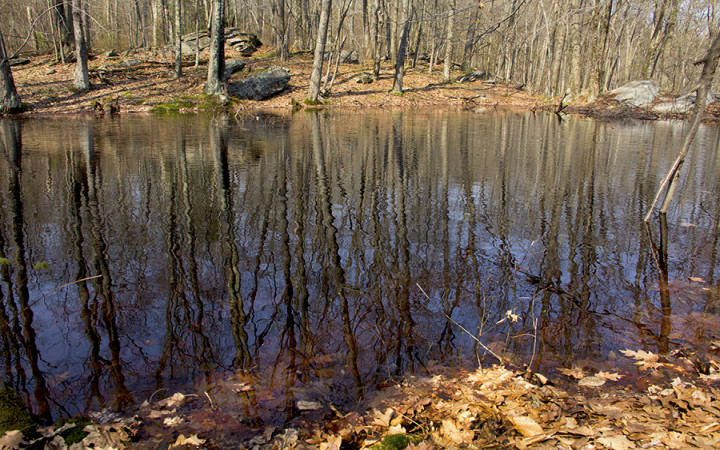Today’s Wonder of the Day was inspired by Mrs. Wyman's from Maynard, MA. Mrs. Wyman's Wonders, “What is a vernal pool?” Thanks for WONDERing with us, Mrs. Wyman's !
What do fairy shrimp have in common with rare flowers? They all can survive some of the harshest conditions on Earth and often find their homes in something called vernal pools.
Vernal pools are seasonal wetlands that can be found in grassland areas with particular climatic conditions. For example, vernal pools can often be found on the west coast of the United States, as well as flat areas of the northeastern and midwestern states.
Vernal pools go by a number of different names, including vernal ponds, ephemeral pools, temporary pools, and seasonal wetlands. As their names indicate, vernal pools are characterized by the changes they undergo in different seasons.
Winter is known as the wet phase for vernal pools. When winter rains arrive, water begins to accumulate in vernal pools. Vernal pools can be as small as small puddles and as large as a shallow lake.
The water awakens bacteria and protozoa that feed on the dead plants and leaves at the bottom of the pool. Algae come along next, multiplying rapidly and serving as a food source for other aquatic invertebrates that begin to grow from seeds, spores, eggs, and cysts that have been resting in the dry soil waiting for rain.
It's not long before all these aquatic species look like an all-you-can-eat buffet for the frogs, snakes, birds, and mammals that live nearby. Vernal pools thus serve an important role in the grassland ecosystems in which they appear.
When spring arrives, vernal pools begin to dry, allowing plant seeds to take root in the muddy soil. Hundreds of plant species can grow in a vernal pool. Sometimes vernal pools are the only places you'll find these rare plants.
As the plants grow, they begin to flower in bursts of color. The variety of wildflowers found around vernal pools draws visitors who come to see their many colors as the weather gets warmer.
When summer arrives, plants dry up and turn brown. The water in a vernal pool disappears and the soil becomes dry and cracked. The dry phase lasts throughout the summer and fall in most areas.
The many plants and organisms that flourished in the winter and spring leave behind seeds, eggs, spores, and cysts. Some of these will continue to nourish insects, birds, and rodents throughout the dry season. Those that survive will reawaken when the winter rains return.
Although the time of their appearance and size can vary from year to year depending upon the weather, vernal pools provide a unique environment that supports numerous rare plant and animal species. Scientists routinely study vernal pools each year, seeking to understand the amazing adaptations that allow plants and animals to survive the long periods when the pools are dry.




